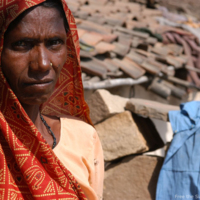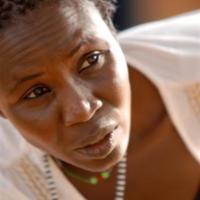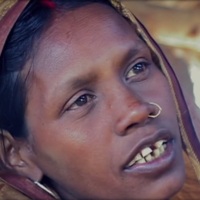
Two years ago my mother became ill. We had no money to pay for her treatment so my father borrowed Rs 5,000 from a moneylender. Even though my mother was treated, the doctors could still not save her, so we borrowed money again to pay for her funeral. In order to pay off this debt I had to drop out of school and start working in a garment factory in Delhi
This is a very hard job. We live where we work and the floor is our bed. We are under pressure to produce as many as pieces as we can. When we are busy we stay inside the factory for days at a time. Because we are only paid for what we make, we can’t afford to have a day off.
We all suffer with many health problems. My legs go numb from sitting all day and workers often become ill. We all live together in a very small area and use the same toilet. It is also impossible to go to hospital anyway because we can’t afford it.
Narrative provided by Anti-Slavery International from their report ‘Slavery on the High Street: Forced Labour in the manufacture of garments for international brands’, June 2012.









